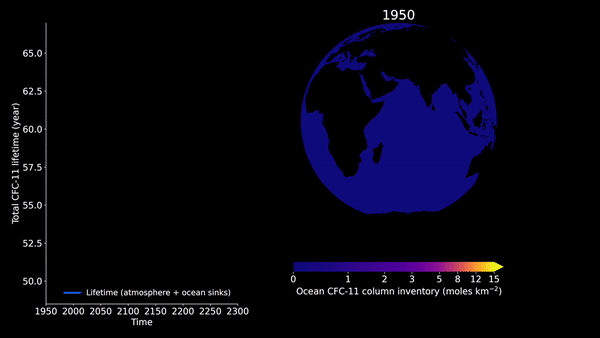I am a sixth-year PhD student working with Dr. Susan Solomon at Massachusetts Institute of Technology. My PhD thesis is on detecting and understanding processes affecting stratospheric ozone variability. I did my undergraduate study at the University of Wisconsin-Madison, double majored in Atmospheric & Oceanic Sciences and Applied Mathematics, and with a certificate in Computer Science. During my undergraduate, I was advised by Dr. Tracey Holloway using satellite and ground-based measurements to study atmospheric formaldehyde. Starting in Fall 2025, I will be a Stanford Science Fellow and begin my postdoc with Dr. Noah Diffenbaugh at Stanford University.



